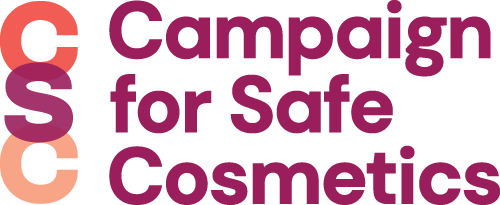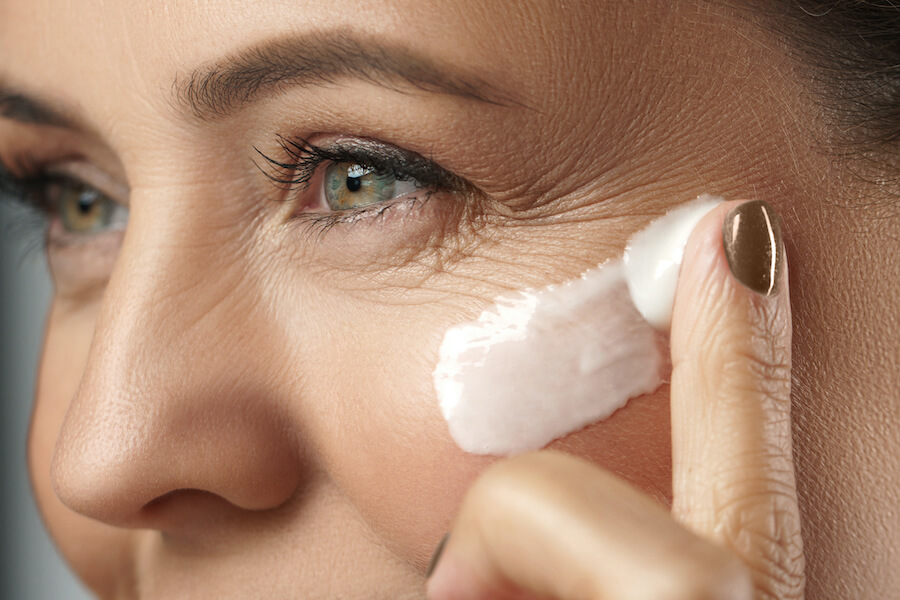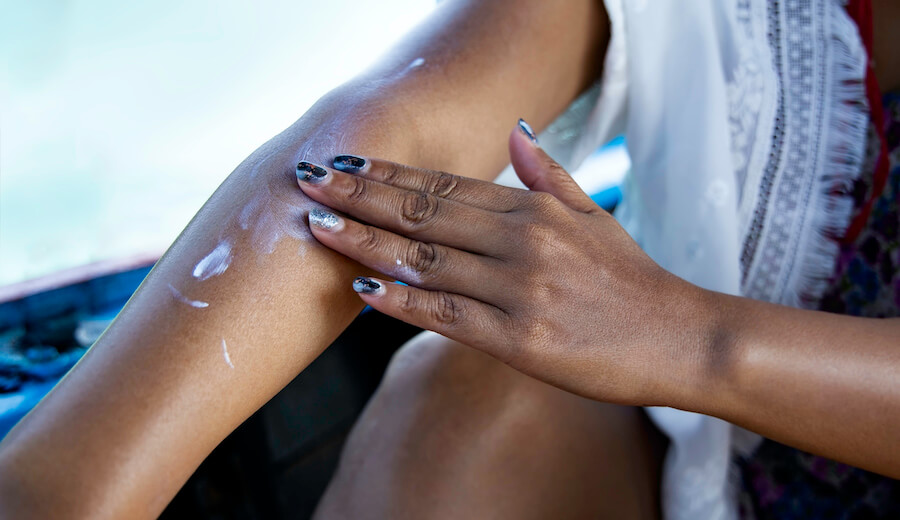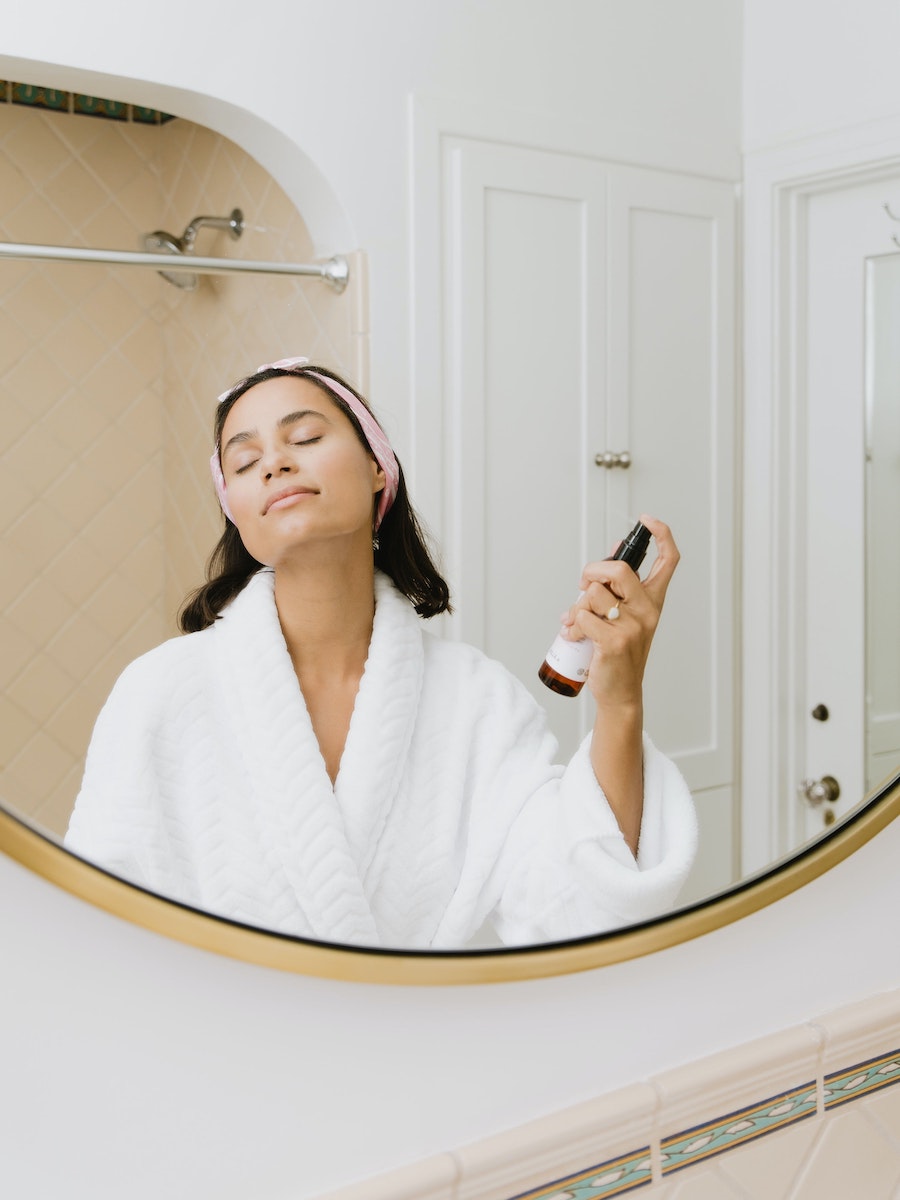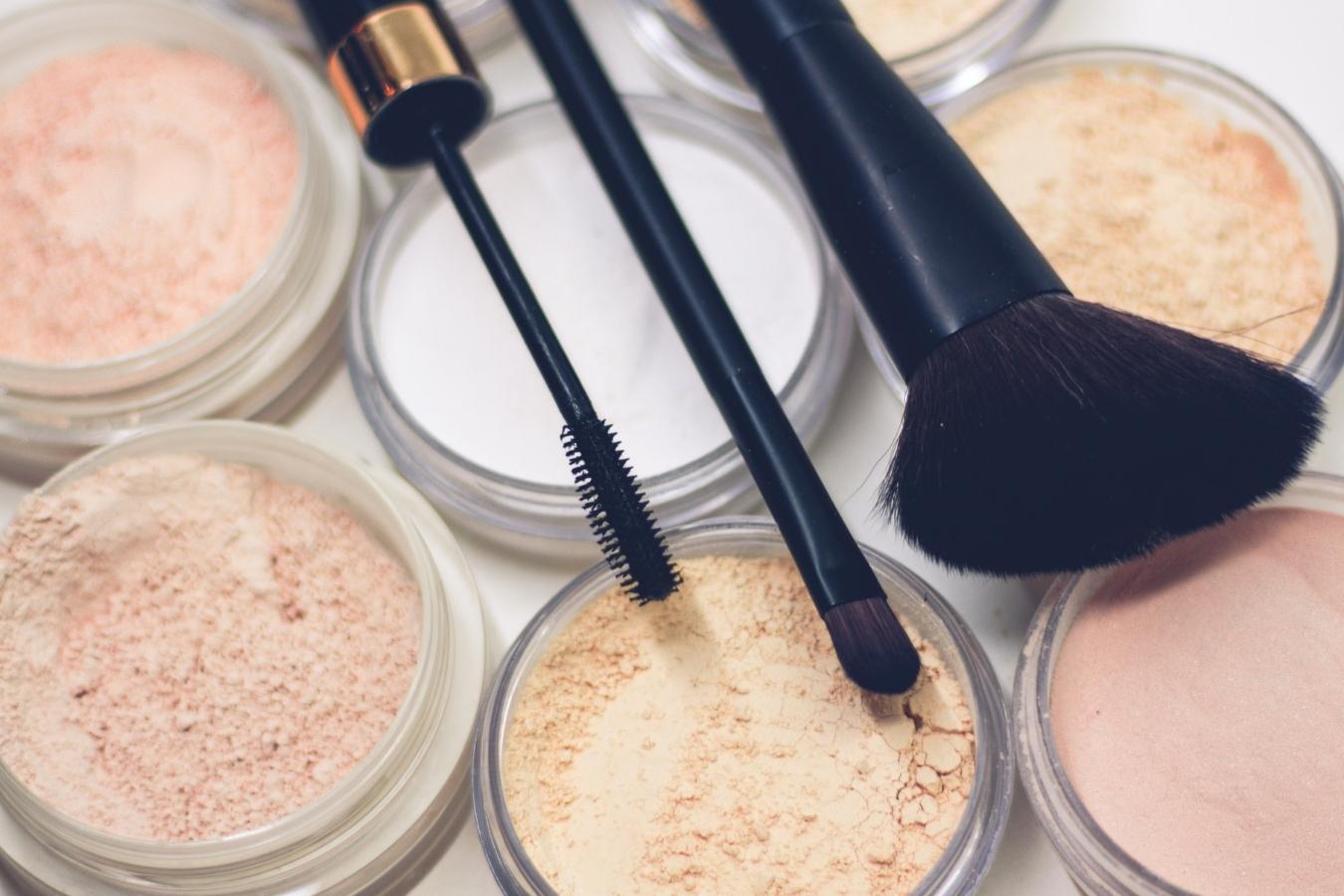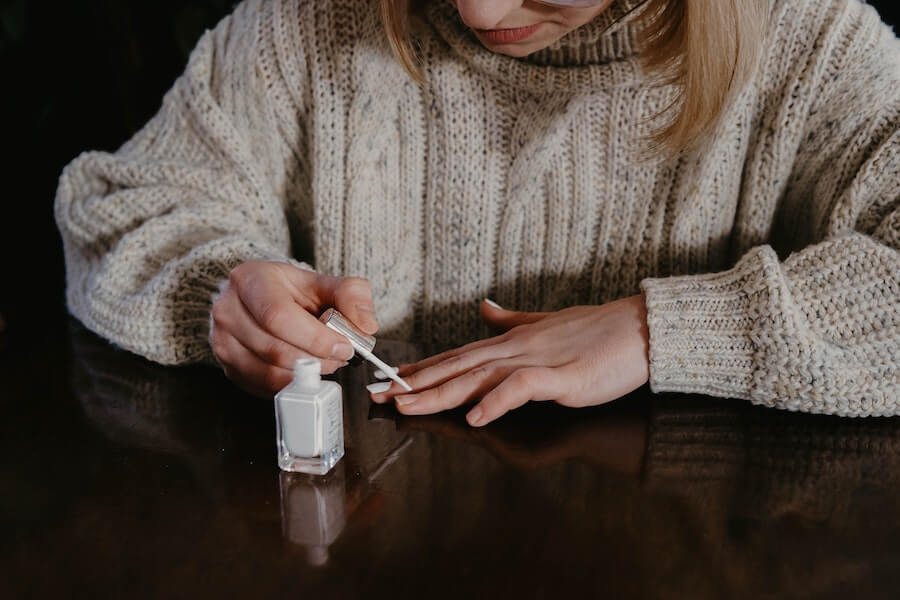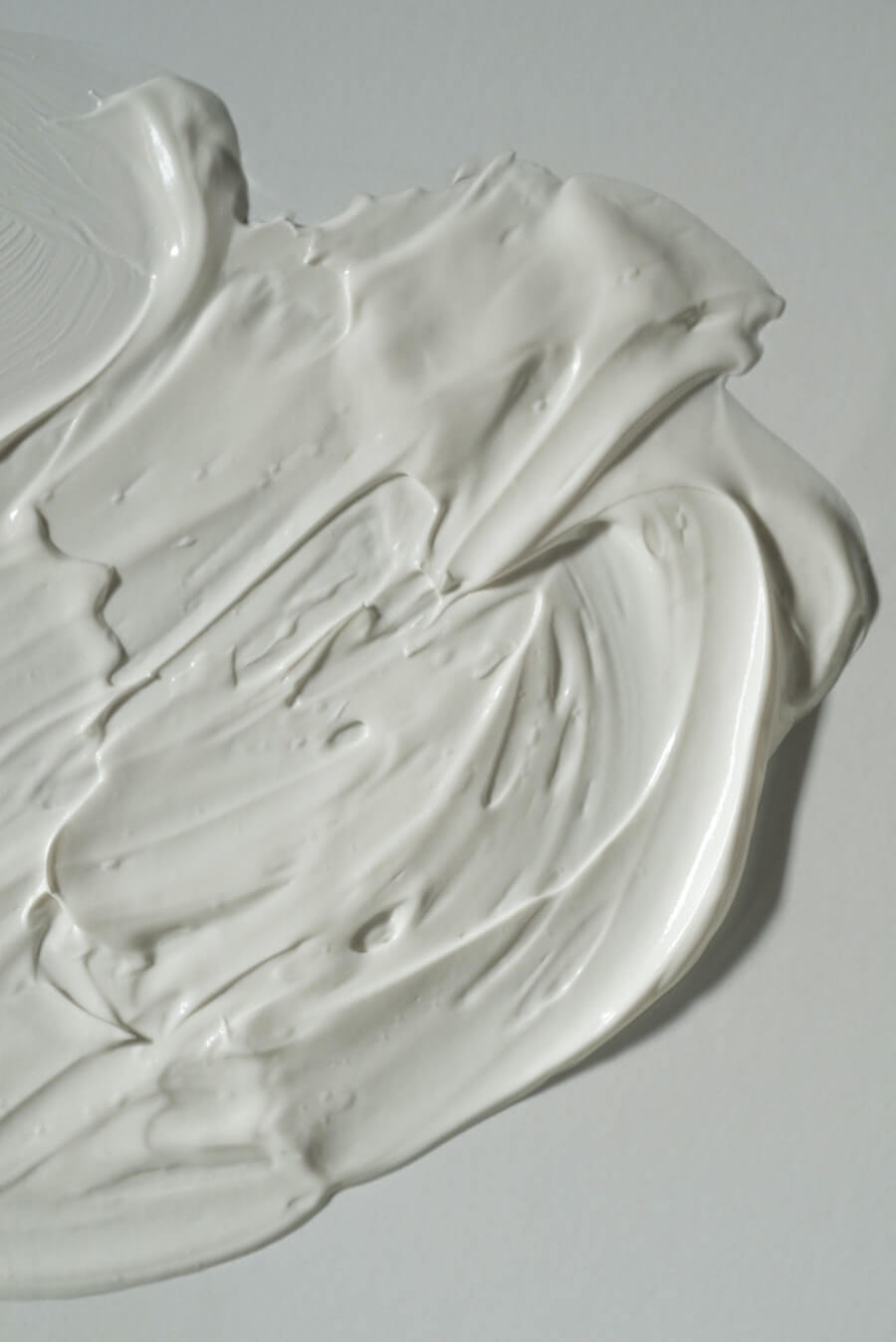[1] European Commission (2009). Closing: Acrylamide. Available online: https://ec.europa.eu/food/safety/chemical_safety/contaminants/catalogue/acrylamide_en. Accessed April 21, 2022.
[2] European Chemicals Bureau (2009). Closing: Polyacrylamides. Available online: https://echa.europa.eu/documents/10162/50218bf9-ba0f-4254-a0d9-d577a5504ca7. Accessed April 21, 2022.
[3] European Commission (1999). Opinion of the Scientific Committee on Cosmetic Products and Non-Food Products intended for Consumers concerning ACRYLAMIDE RESIDUES IN COSMETICS adopted by the plenary session of the SCCNFP of 30 September 1999. Available online: http://ec.europa.eu/health/scientific_committees/consumer_safety/opinions/sccnfp_opinions_97_04/sccp_out95_en.htm. Accessed April 21, 2022.
[4] Andersen, FA (2005). Amended final report on the safety assessment of polyacrylamide and acrylamide residues in cosmetics. International journal of toxicology, 24, 21-50.
[5] Andersen, FA (2005). Amended final report on the safety assessment of polyacrylamide and acrylamide residues in cosmetics. International journal of toxicology, 24, 21-50.
[6] Skin Deep (2014). Polyacrylamide. Available online. http://www.ewg.org/skindeep/ingredient/704954/POLYACRYLAMIDE/. Accessed April 21, 2022.
[7] Habermann CE. 2002. Acrylamide. In Kirk-Othmer Encyclopedia of Chemical Technology, vol. 1. Online edition. New York: John Wiley & Sons. pp. 288-304.
[8] National Toxicology Program. (2011). NTP 12th Report on Carcinogens. Report on carcinogens: carcinogen profiles/US Dept. of Health and Human Services, Public Health Service, National Toxicology Program, 12.
[9] Manson, J., Brabec, M. J., Buelke‐Sam, J., Carlson, G. P., Chapin, R. E., Favor, J. B., … & Working, P. (2005). NTP‐CERHR Expert Panel report on the reproductive and developmental toxicity of acrylamide. Birth Defects Research Part B: Developmental and Reproductive Toxicology, 74(1), 17-113.
[10] Andersen, FA (2005). Amended final report on the safety assessment of polyacrylamide and acrylamide residues in cosmetics. International journal of toxicology, 24, 21-50.
[11] National Toxicology Program. (2011). NTP 12th Report on Carcinogens. Report on carcinogens: carcinogen profiles/US Dept. of Health and Human Services, Public Health Service, National Toxicology Program, 12.
[12] Manson, J., Brabec, M. J., Buelke‐Sam, J., Carlson, G. P., Chapin, R. E., Favor, J. B., … & Working, P. (2005). NTP‐CERHR Expert Panel report on the reproductive and developmental toxicity of acrylamide. Birth Defects Research Part B: Developmental and Reproductive Toxicology, 74(1), 17-113.
[13] Andersen, FA (2005). Amended final report on the safety assessment of polyacrylamide and acrylamide residues in cosmetics. International journal of toxicology, 24, 21-50.
[14] Shipp, A., Lawrence, G., Gentry, R., McDonald, T., Bartow, H., Bounds, J., … & Van Landingham, C. (2006). Acrylamide: review of toxicity data and dose-response analyses for cancer and noncancer effects. CRC Critical Reviews in Toxicology, 36(6-7), 481-608.
[15] National Toxicology Program. (2011). NTP 12th Report on Carcinogens. Report on carcinogens: carcinogen profiles/US Dept. of Health and Human Services, Public Health Service, National Toxicology Program, 12.
[16] Manson, J., Brabec, M. J., Buelke‐Sam, J., Carlson, G. P., Chapin, R. E., Favor, J. B., … & Working, P. (2005). NTP‐CERHR Expert Panel report on the reproductive and developmental toxicity of acrylamide. Birth Defects Research Part B: Developmental and Reproductive Toxicology, 74(1), 17-113.
[17] Manson, J., Brabec, M. J., Buelke‐Sam, J., Carlson, G. P., Chapin, R. E., Favor, J. B., … & Working, P. (2005). NTP‐CERHR Expert Panel report on the reproductive and developmental toxicity of acrylamide. Birth Defects Research Part B: Developmental and Reproductive Toxicology, 74(1), 17-113.
